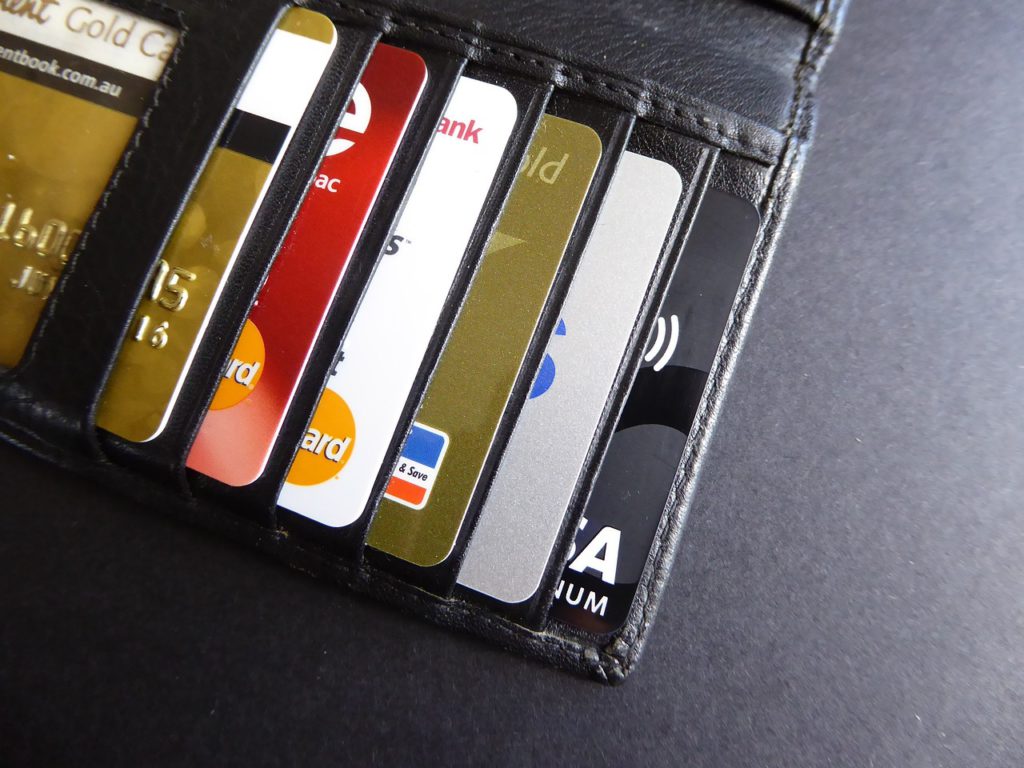Now considered an integral part of our daily financial lives, debit cards are one of most commonly used ways to complete payment transactions across the United States. They offer convenience, security, and flexibility, allowing individuals to make purchases, withdraw cash, and manage their finances with ease.

However, it is essential to understand the limits and restrictions associated with debit cards, especially when considering daily and monthly usage caps, which are typically applied by financial institutions.
But what does a debit card limit actually mean? Well, this refers to the maximum amount of money that can be spent on purchases or withdrawn from an ATM, whenever using a debit card within a specified period.
These limits are set by the banks and other financial institutions to mitigate the risk of fraud, and to protect customers from any unauthorized transactions. By implementing usage caps, banks are better able control any potential financial loss, should a debit card be lost or stolen.
Daily Usage Caps
Daily usage caps define the maximum amount of money that can be spent or withdrawn from a bank account using a debit card within a 24-hour period. The specific monetary limit may vary, depending on the bank and the type of account the customer holds.
For example, a basic American checking account might have a lower daily usage cap compared to a premium or high-net-worth account. Daily limits typically range from a few hundred dollars to several thousand dollars, but they can also vary significantly depending on the bank’s policies and the customer’s account history.
Monthly Usage Caps
Monthly usage caps establish the maximum amounts available for spending and withdrawal during a calendar month, when using a debit card. Similar to daily limits, monthly limits can also vary depending on the bank and the type of account.
Generally speaking, monthly usage caps tend to be significantly higher than daily limits, as the monetary limits may range from a few thousand dollars to tens of thousands of dollars. Akin to daily limits, customer account history and bank policies can influence the monthly limits available.
Importance of Understanding Limits and Restrictions
Understanding these limits and restrictions is crucial for debit card users, principally to avoid any inconveniences or unexpected surprises whenever conducting financial transactions.
Exceeding the daily or monthly usage caps can often result in transactions being declined, creating embarrassing and inconvenient circumstances for card users, especially in urgent situations. Likewise, exceeding the usage caps may result in additional fees or penalties imposed by some US banks, affecting the account holder’s finances.
Monitoring Debit Card Usage
To stay within the prescribed limits established by the card issuer, it is important to monitor your debit card usage regularly. Many banks provide online or mobile banking services, providing customers with useful tools that can help them to monitor all transactions.
These tools allow customers to track their overall spending, view transaction history in greater detail, and monitor their account balances in real-time. By keeping a close eye on all account activity, you can ensure that you stay within the limits and manage your finances more effectively.
For example, monitoring frequent payment patterns can be useful, especially for products or services you might use frequently. This could include household utility bills and groceries, and even leisure or entertainment services, such as making a deposit with your debit cards at safe and trustworthy casino sites.
All the major card issuers tend to provide online banking tools, including those provided by Mastercard, Visa, AMEX, Discover, and many more.
Temporary Increases in Debit Card Limits
In some cases, individuals may need to temporarily increase their debit card limits. This may be necessary when making a large purchase, such as buying furniture or electronics, or maybe when planning a vacation with expected higher expenses.
Whenever this kind of situation arises, it’s always good advice to contact your bank and inquire about the process for increasing the limits. The bank may require additional verification or documentation to assess your particular needs, then decide accordingly based on your individual circumstances.
Relationship and Responsible Financial Behavior
It’s worth noting that while debit card limits are principally in place for security purposes, they can also be adjusted towards the account holder’s needs and banking relationship.
Establish a good rapport with your bank, maintain a healthy account balance, always demonstrate responsible financial behavior. These are key ingredients that can increase the likelihood of obtaining higher usage caps, whether the aim is to increase daily or monthly limits, while many American banking institutions even offer free advice and guidance.
Nevertheless, it is essential to remember why these limits exist in the first place, which is to protect both the bank and the account holder from potentially fraudulent activities.
Acknowledging the Purpose of Limits and Restrictions
Financial institutions aim to safeguard customers’ funds and prevent unauthorized transactions, which is the core reason behind applying daily or monthly limits and usage restrictions.
By implementing daily and monthly usage caps, banks can minimize the impact of potential fraud or theft. In the event of debit card is lost or stolen, these limits help to prevent any unauthorized user from depleting the account completely. Therefore, even though the limits may at times seem inconvenient, they serve as a necessary security measure.
Variations in Debit Card Limits
It is also worth mentioning that debit card limits may vary depending on the type of transaction. For example, there might be separate limits for point-of-sale purchases, ATM withdrawals, or online transactions.
These variations are designed to add an extra layer of security and control, based on each of the different types of transactions you may be making, reducing the risk associated with each category.
Seeking Advice
In conclusion, daily and monthly limits are set in place for a variety of sensible reasons, which include protecting our money and helping us to be more financially responsible. Whenever in any doubt about limits, always look to get advice from your bank or card issuer.









